With my latest model, “Everything’s for Sale,” I return, once again, to the literal world of Stephen King, more precisely, to his famous novel, “Needful Things.”
This work again takes the viewer to a sleepy American small town—a well-known setting, where King loves to portray the small and larger human abysses. What always impressed and fascinated me about this particular story is its timelessness and general validity. The portrayal of the ultimate destruction of this community of citizens, who are step-by-step seduced by their greed and venality, by manipulation and suggestion, bears the characteristics of a timeless classical drama. It could be located in any conceivable era and society, as it focuses primarily on the dynamics within a community.
So while planning the city, it was most important for me to bring the viewer’s perspective in line with the novel’s narrative perspective. That is why the stories of the city and its inhabitants are foregrounded in my model—metaphorically and practically. Their houses are arranged on the outer edge of a semicircular base plate, while the dubious Needful Things store is placed much farther back in the city setting. In this way, it literally operates from the background, out of the shadows—and yet at the same time is the center of the scenery.
More info: kassiopeya.online | Facebook | Instagram
Welcome to the tranquil little town of Castle Rock
Since the main street separates foreground and background, the facades of the foreground’s buildings do not face the viewer but point in the opposite direction, towards the model’s center. Consequently, the viewer also does not look at the buildings’ fronts but their gardens and backyards. Those are central locations of the story, where “the real deals are made” and where all the hidden conflicts between the citizens more and more intensify as the story unfolds.
Work in progress: the floor plan
In terms of construction and planning, this project was quite a challenge—not least because of the limited space on which an entire city had to be built. For this reason, only the houses in the foreground and the shop “Needful Things” were physically built. To still create the illusion of wide-ranging background scenery, most of the background’s buildings (and environment) were painted directly onto the rear board. They were all painted in such a perspective that they would blend in with the real buildings.
Work in progress: painting the rear board
One question I get asked most often about my work is where I learned all my painting and crafting techniques. The answer is: not at all. I’ve just always done it and gotten better at it over time. According to my mother, when I was five years old I was already building models of our home in the shape of a labyrinth (at that time made of old cardboard scraps and quite warped) – alone in my room, isolated from the outside world, absorbed for hours and hours. Even then, I was a child who liked to be alone to devote myself to his quirky projects. These projects were always enormously important to me – often more important than contact with people. They always calmed me down, fulfilled me, awakened an incredible ambition in me, and made me forget the outside world. It has always been that way. And no, this is NOT normal behavior, of course.
Today as an adult I know that I fall on the Autistic Spectrum and that my projects were always an intuitive strategy to focus and cope with all those states of over-excitement that come with an autistic, hypersensitive state of perception.
In later childhood and adolescence, another passion joined in: stories and books. I developed an almost fatalistic enthusiasm for certain authors and worlds into which I dreamed myself and with which I often occupied myself more than with the reality around me – I became a classic nerd. And at a certain point, it was natural to combine both passions. This principle still is the basis of “Kassiopeya” today.
Work in progress: building the shop
The turning point was marked by discovering a new material: Styrodur – the basis of all model building. By then, I had largely perfected my techniques in painting and modeling and had reached a dead point where things were going nowhere and were beginning to get boring. Styrodur opened up completely new possibilities in one fell swoop. The extremely light but at the same time very stable building material finally gave me the opportunity to create and build those fictitious worlds that had stood so vividly in front of my eyes since childhood and had given me a foothold. And I threw myself into this new possibility with enthusiasm. Right away, the first project (The Catacombs of Buchhaim) reflected in its grandeur and lunacy my excitement about this new discovery. And many more followed. Until today.
My enthusiasm for building worlds, and trying out new techniques and forms of representation has never waned. I continue to enjoy working alone, have never studied art or exchanged ideas with other artists. I just do my thing – still alone in my closet and anonymous. Because it does me good. And because it gives me the opportunity to set a small monument to those authors who have enriched my life so incredibly and to whom I am therefore very very grateful.
Many of my projects, like “Everything’s for Sale”, take many months to finish and I often end up with a workload of 900 to 1500 hours.
Work in progress: painting light and shadow
The Internet, which at the time was crucial for the discovery of my favorite material styrodur, today also offers me the opportunity to document my work and to pass on the experience and knowledge that I have gained in a good 35 years. All the steps of my projects are documented here – and as befits a true nerd, I’m happy to let loose here about all the details that I find exciting at the moment.
With this in mind – maybe we’ll see/read each other on the website of “Kassiopeya”!
This is of course not my real name, but also borrowed from one of my favorite novels: It is the name of the little turtle from Michael Ende’s “Momo”, who leads through the story. She lives detached from time and space, in her own little world, in her own little time.
So fitting! :)
Work in progress: building the foreground
Modeling of the hands of The Puppeteer
Final touches
Of course, there would be much more to tell about the project, but that would lead too far at this point.
You can find the whole album with all 100 pictures on my website—as well as a complete work in progress documentation on the construction of Castle Rock (for all those who want to dive a little deeper into the technical and content details).
Views from the main street
The back alleys, where the “real deals are made”
Glimpses of the dark crimes that take place
The gritty walls that signify the decadence of the little town
The Needful Things shop, which is at the forefront of the whole drama
And the hands of The Puppeteer pulling the strings from the background
Video tour through the model
6Kviews
Share on FacebookAmazing work! I'm glad we got to see the incredible amount of work and detail that went into it. I hope Stephen King gets to see it!
I tagged him in it on Twitter. I hope he sees it as well!
Load More Replies...WOW! thats amazing! awesome detais, so many references to sideplots in the novel. very pittoresque scenes with beautiful lighting :) GREAT WORK :)
Amazing work! I'm glad we got to see the incredible amount of work and detail that went into it. I hope Stephen King gets to see it!
I tagged him in it on Twitter. I hope he sees it as well!
Load More Replies...WOW! thats amazing! awesome detais, so many references to sideplots in the novel. very pittoresque scenes with beautiful lighting :) GREAT WORK :)
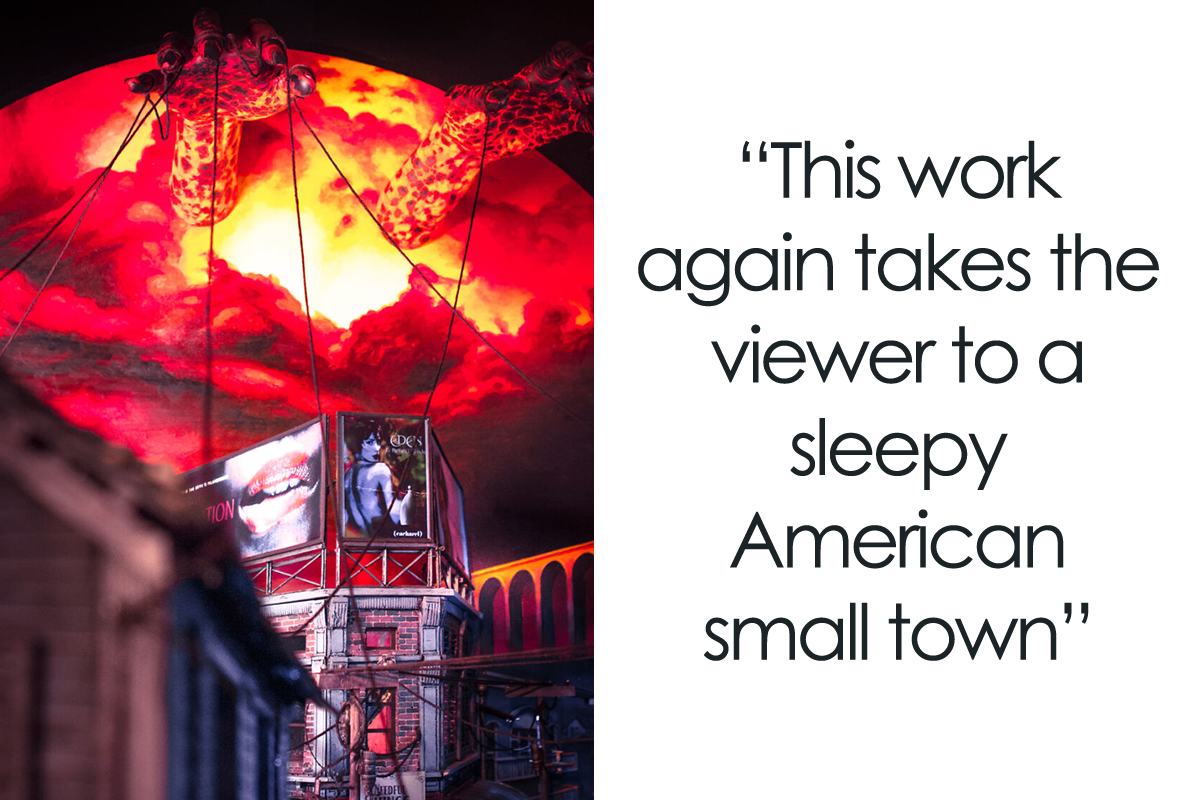
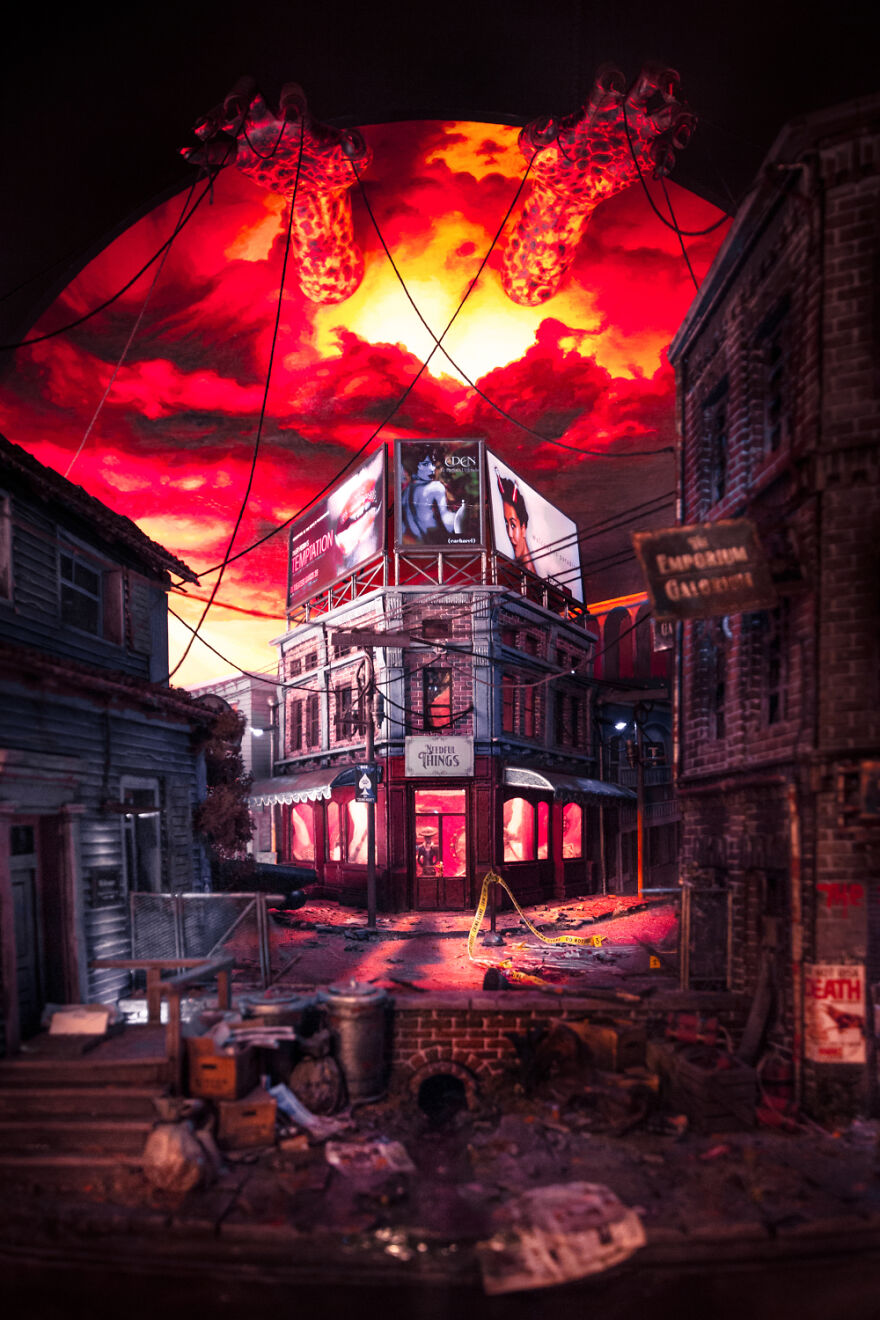
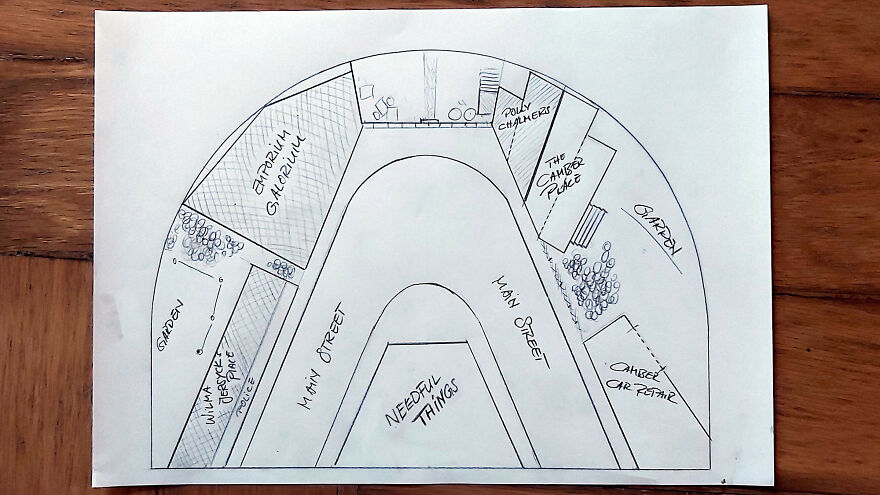
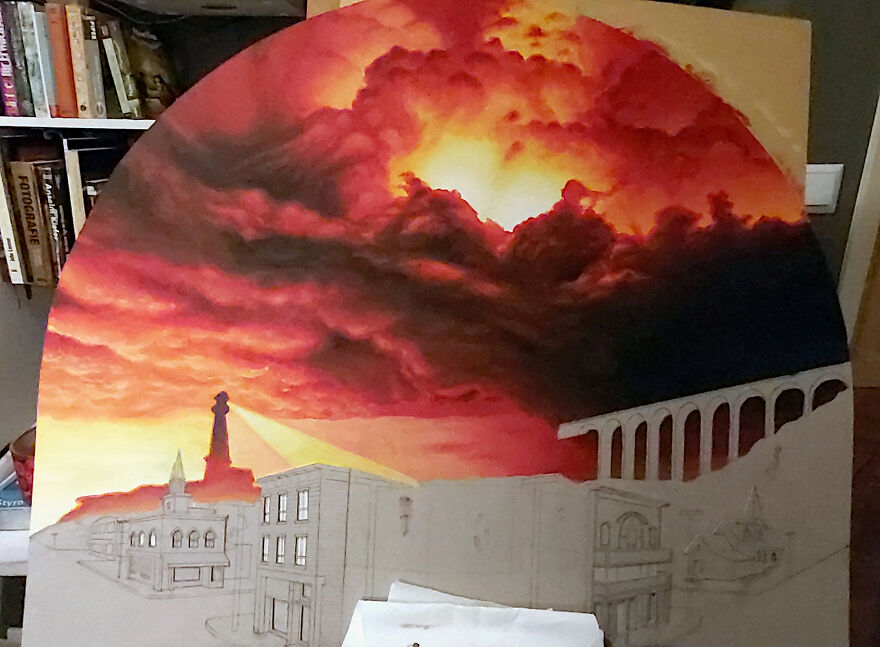
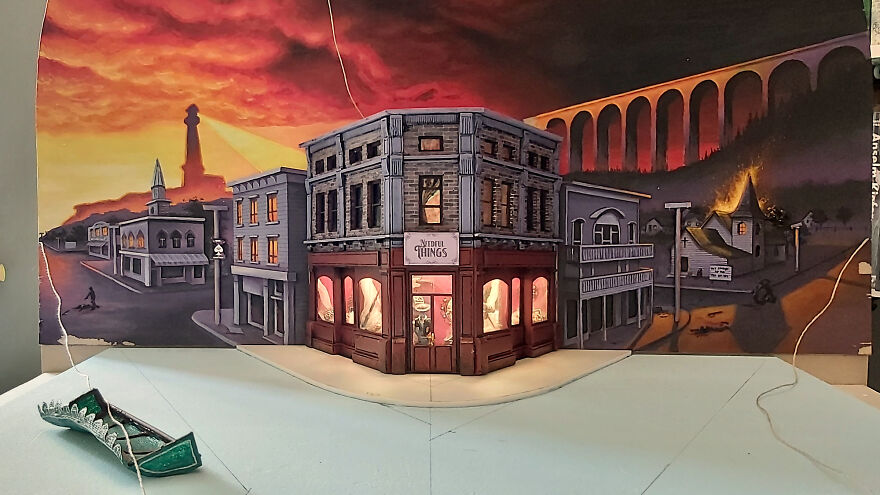
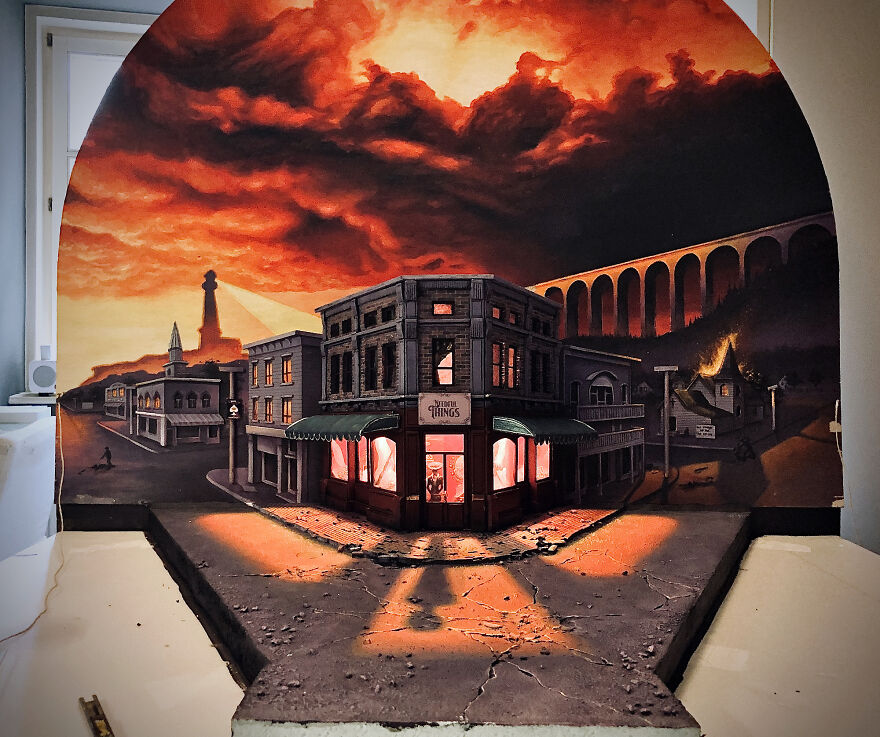
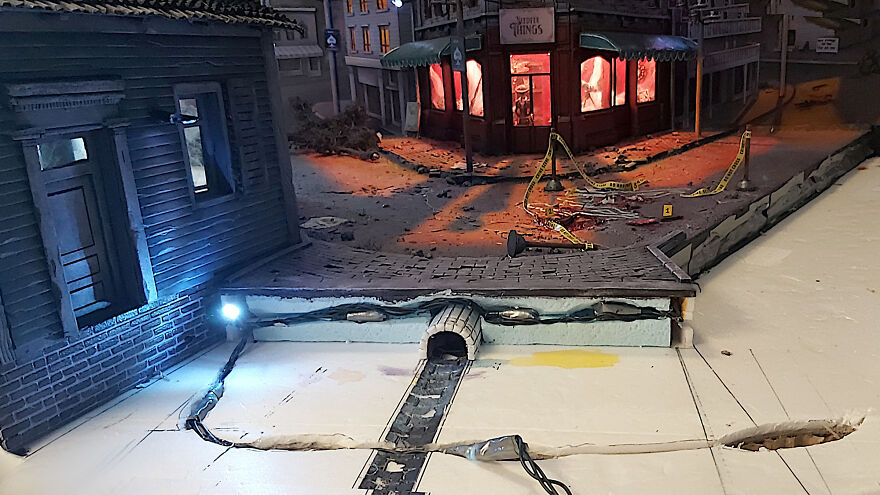
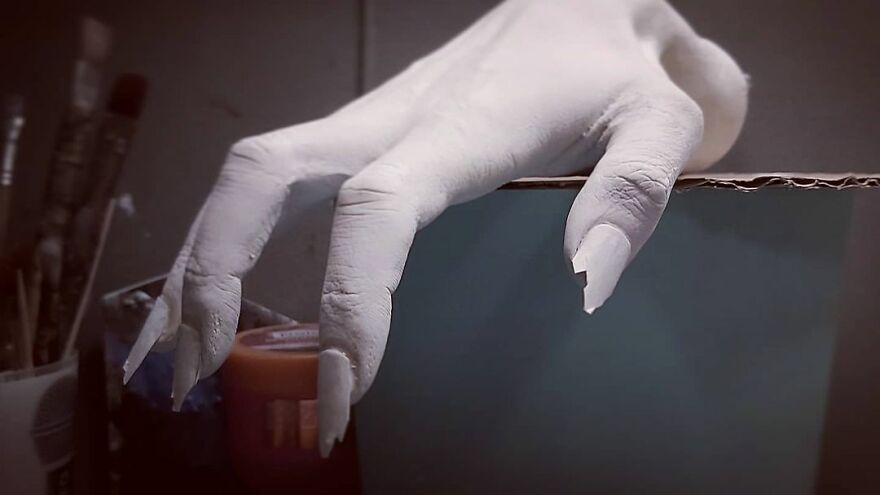
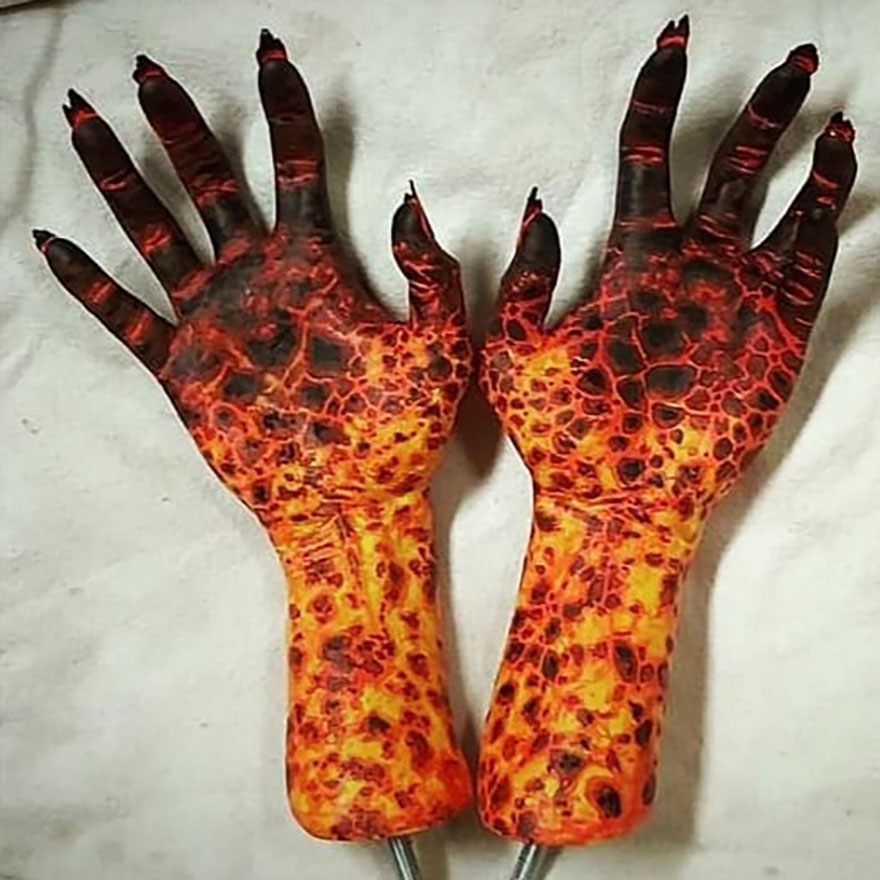
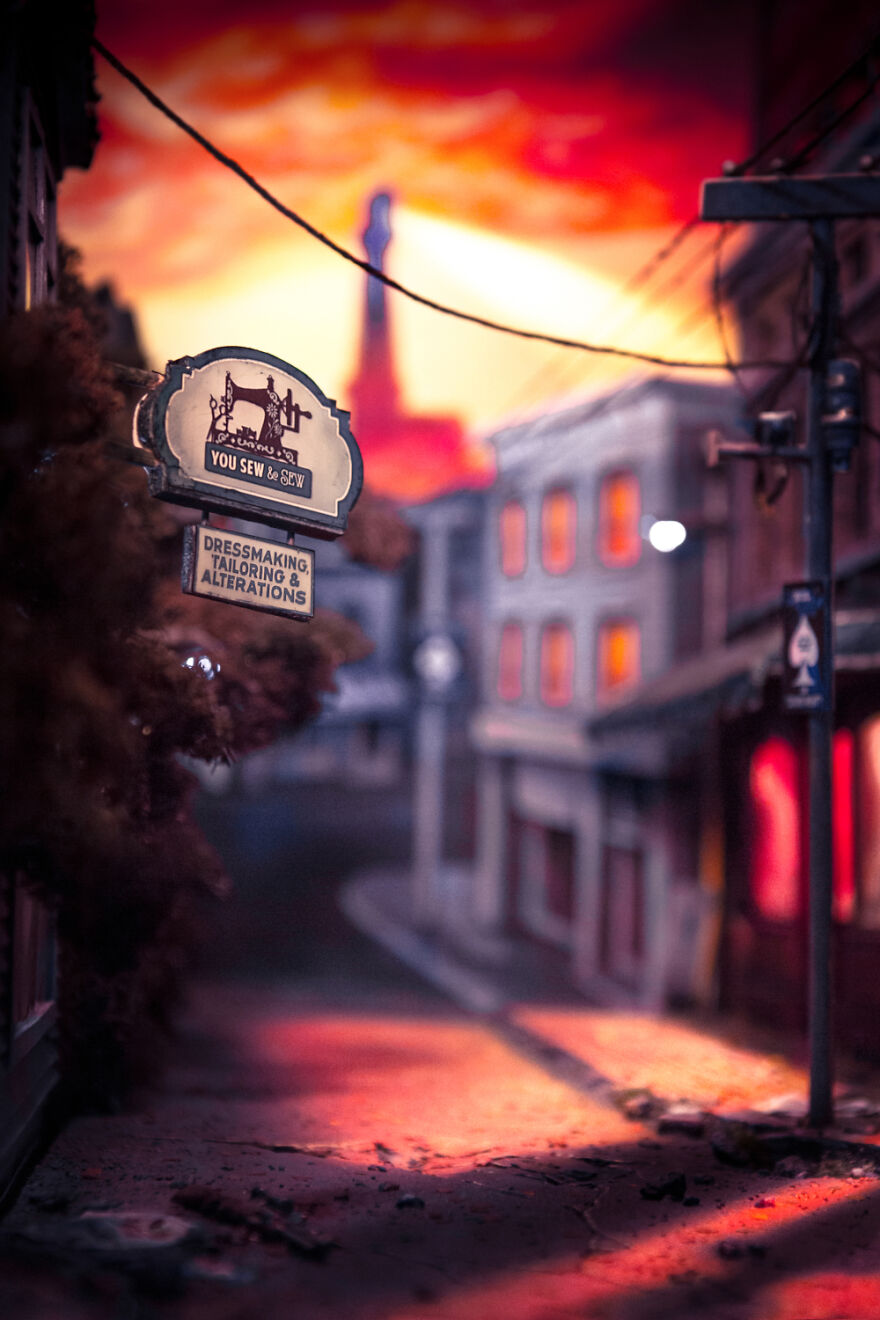
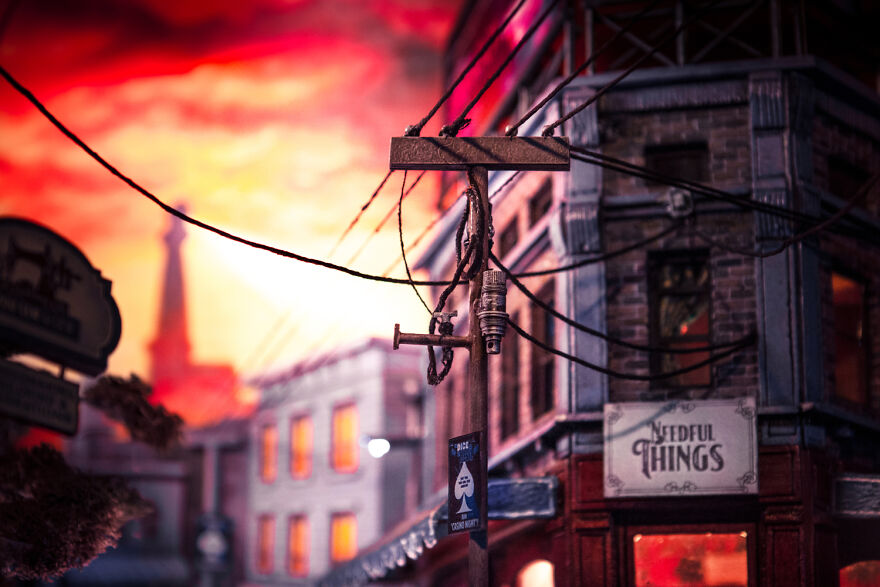
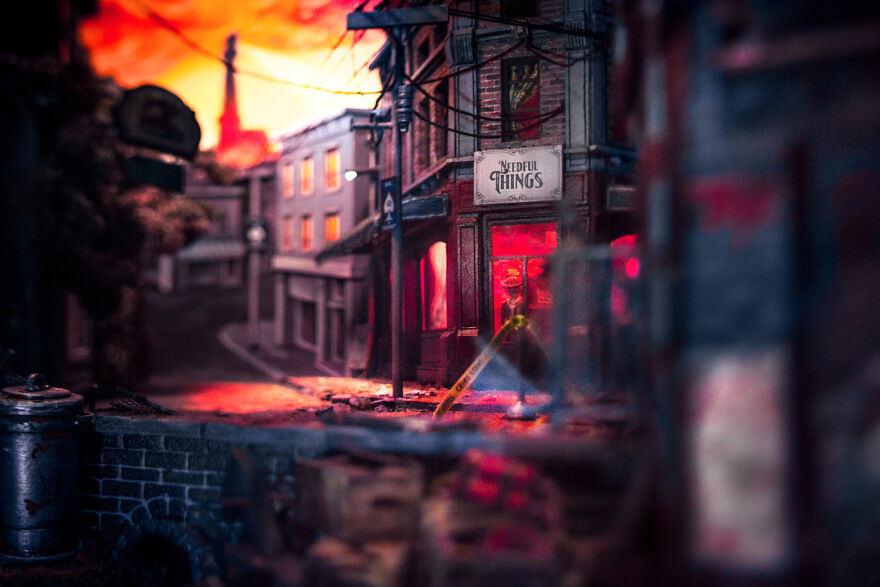
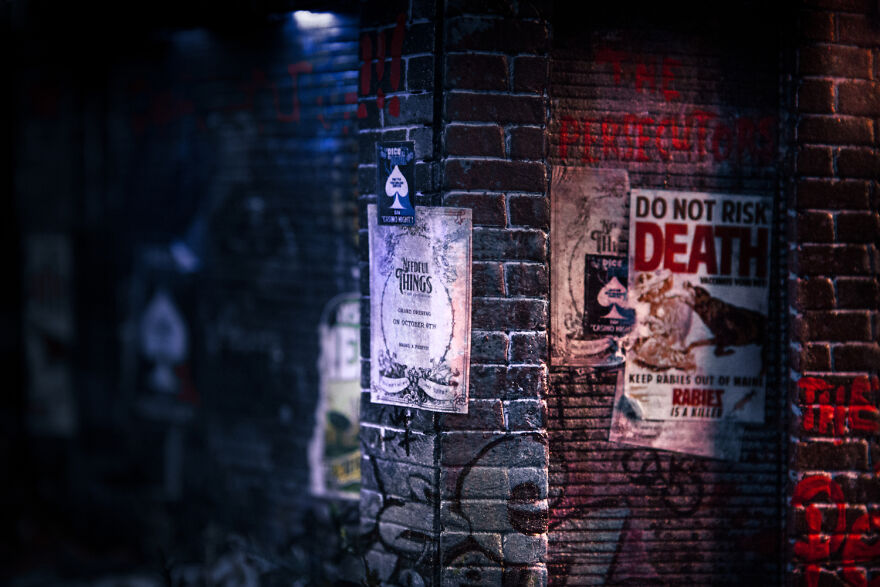
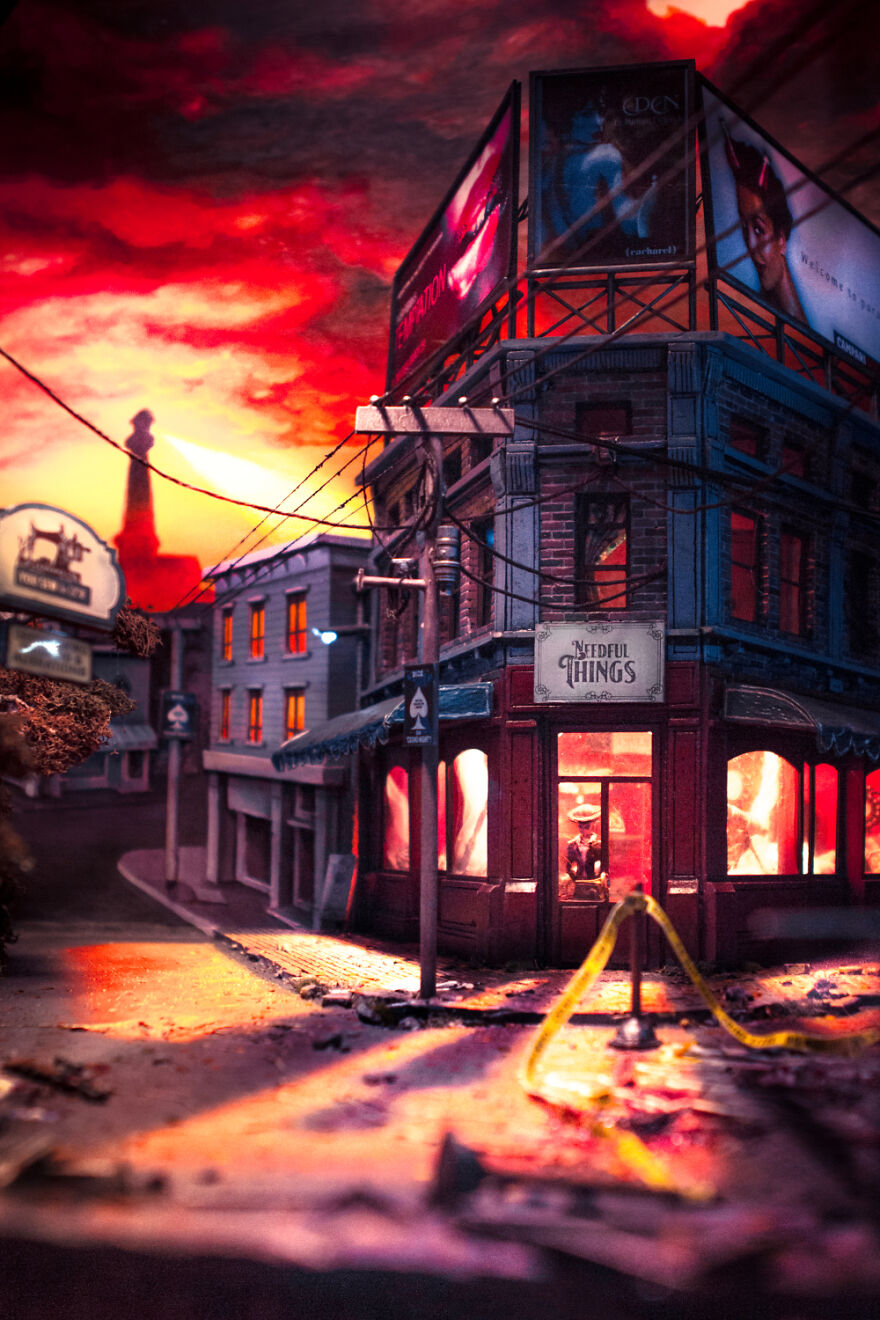
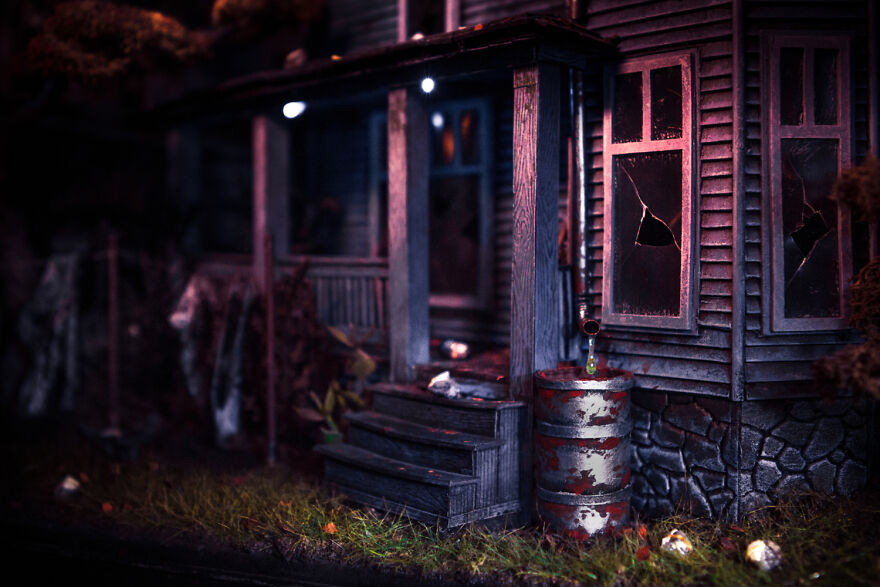
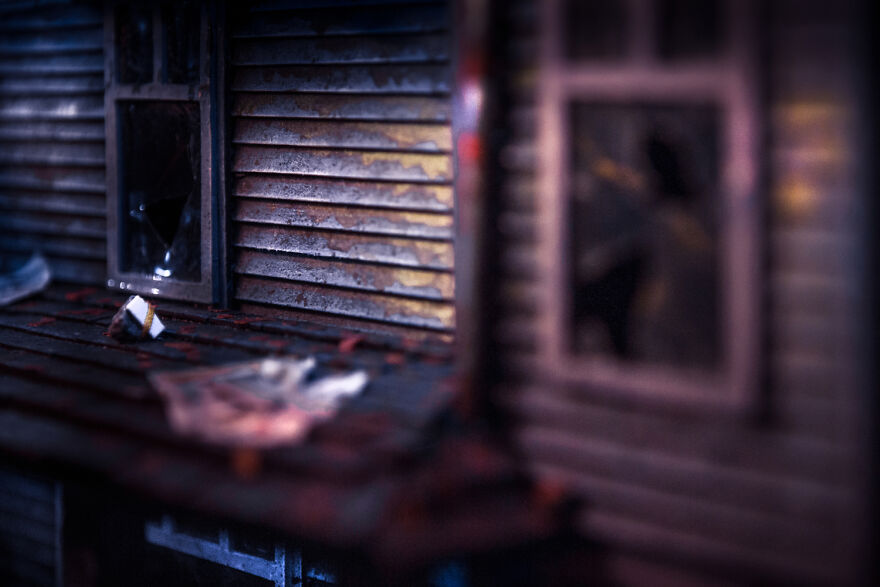
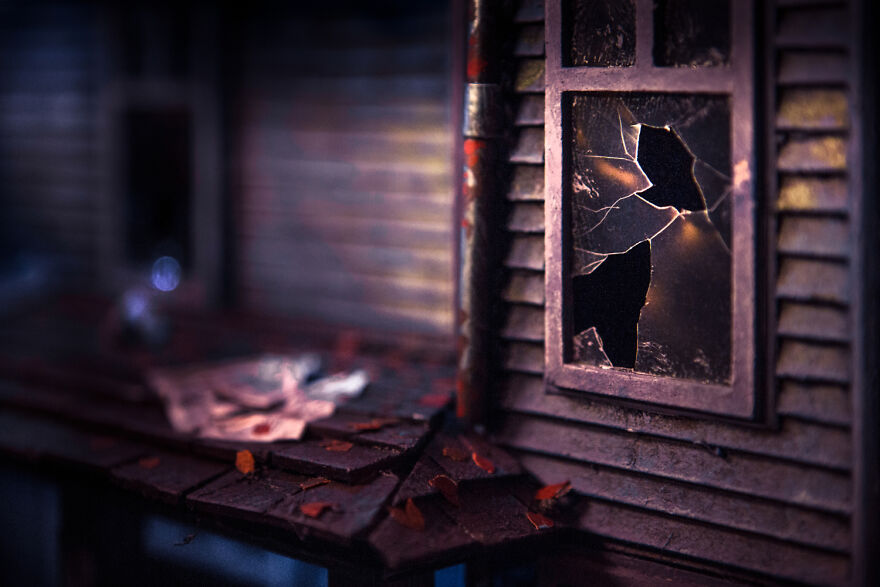
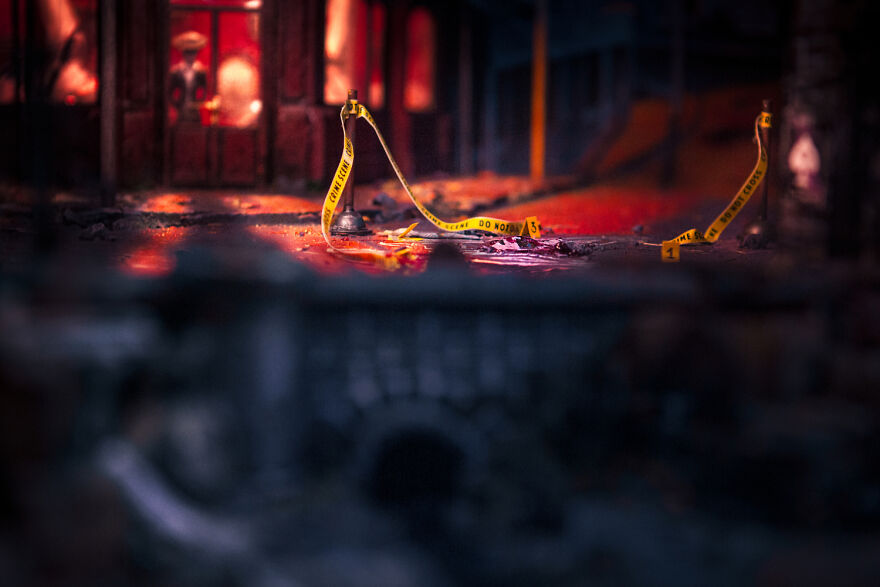
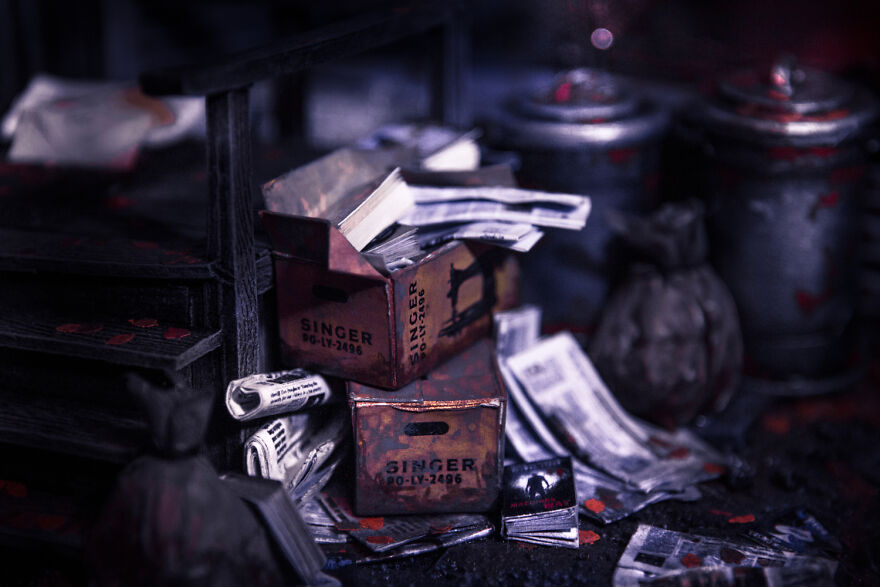
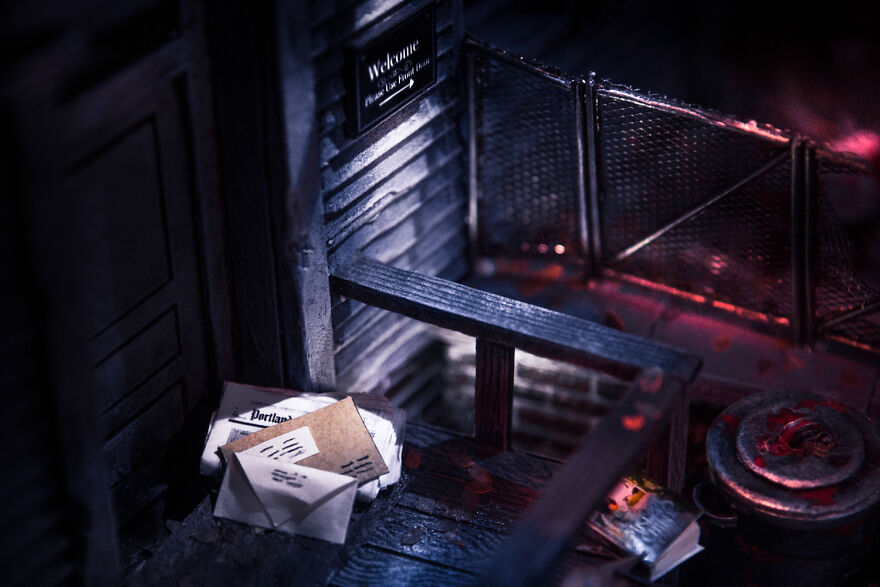
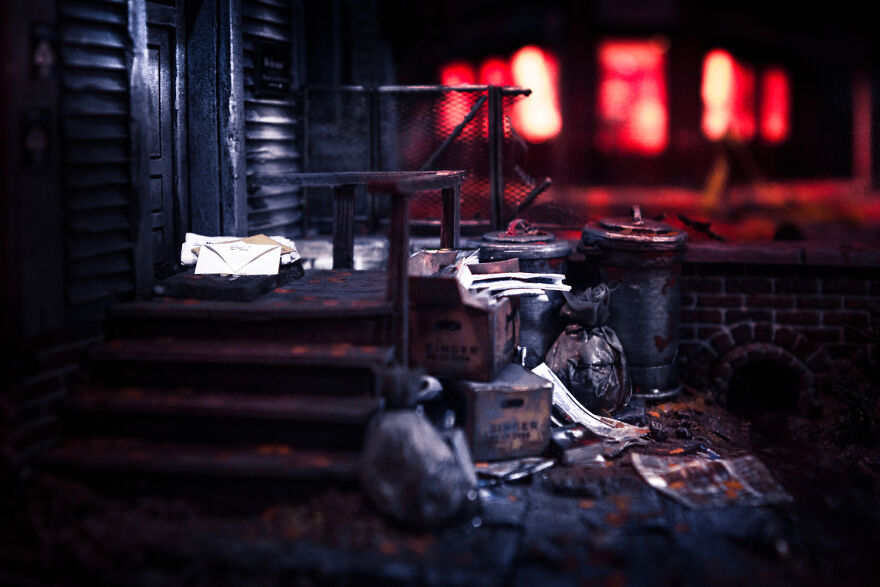
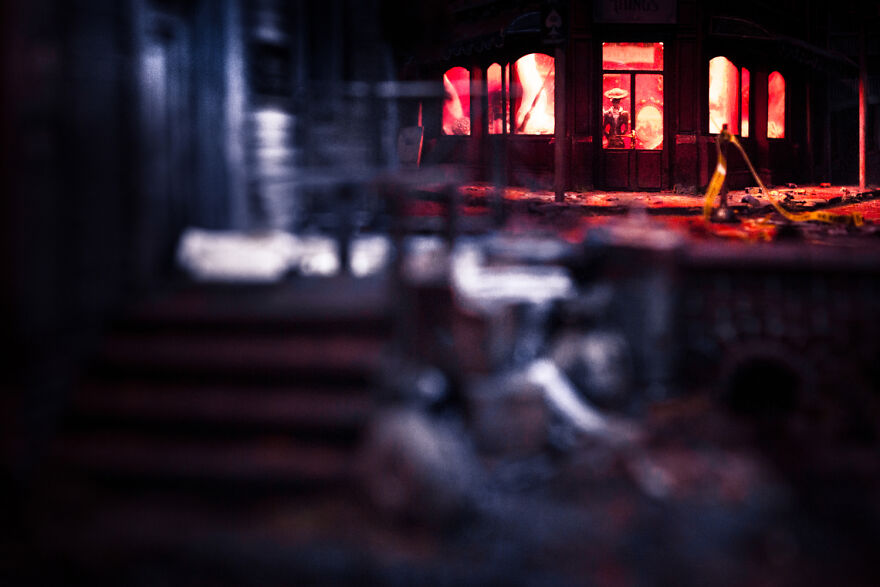
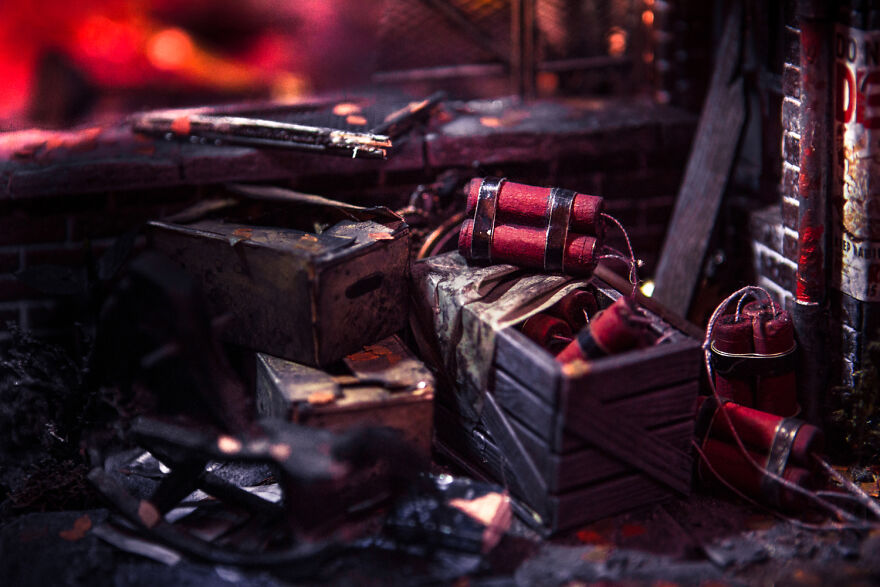
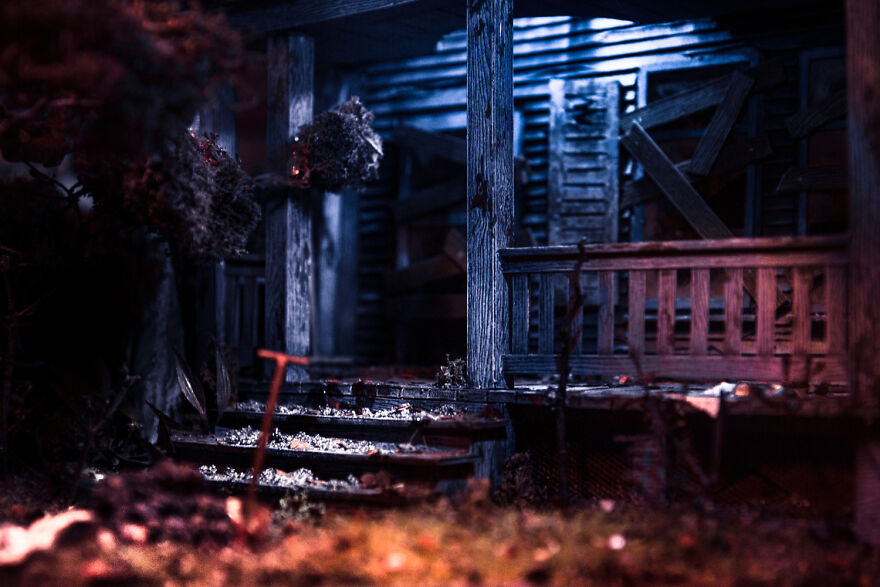
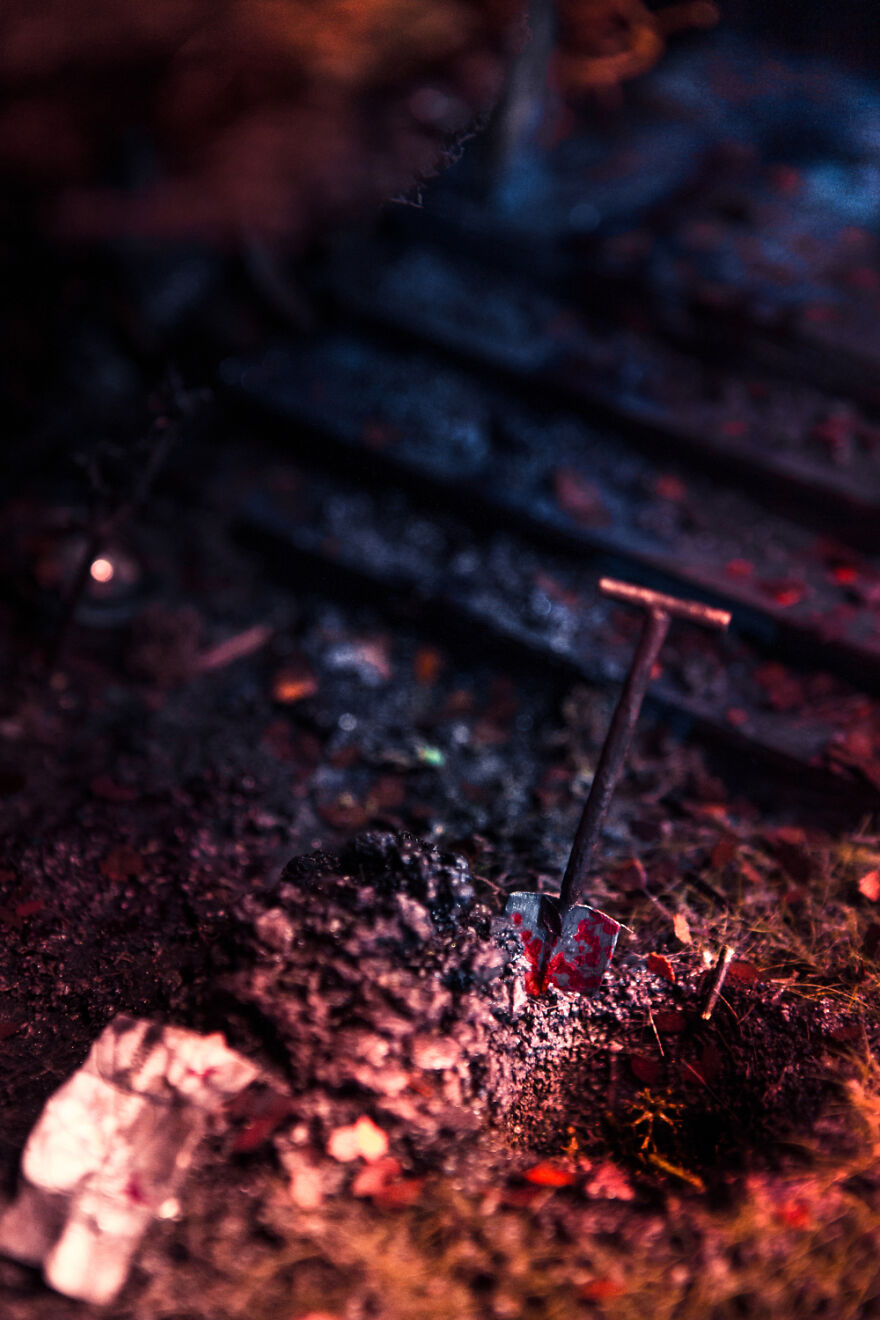
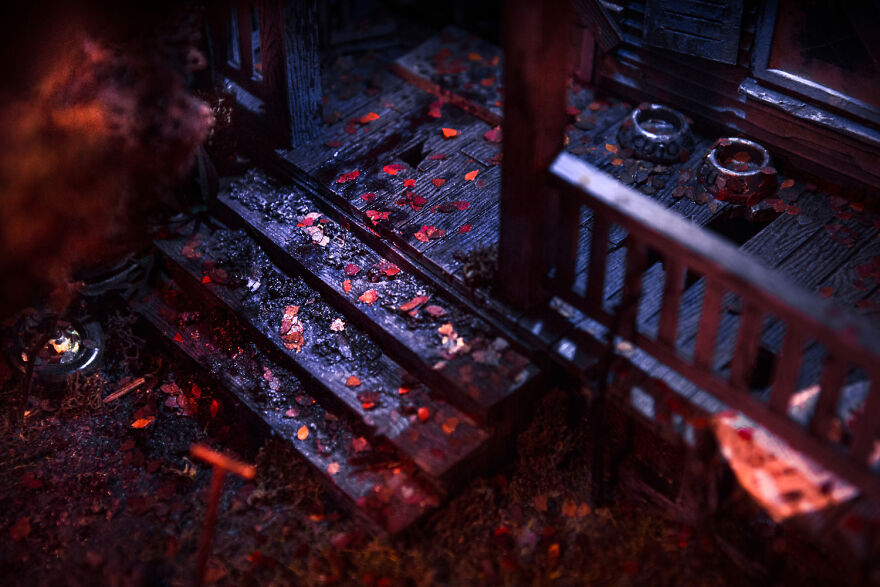
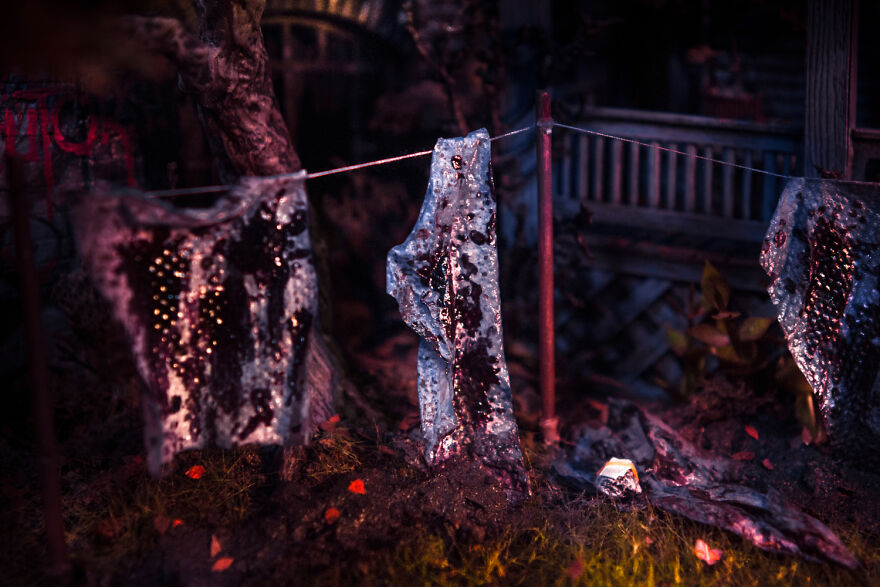
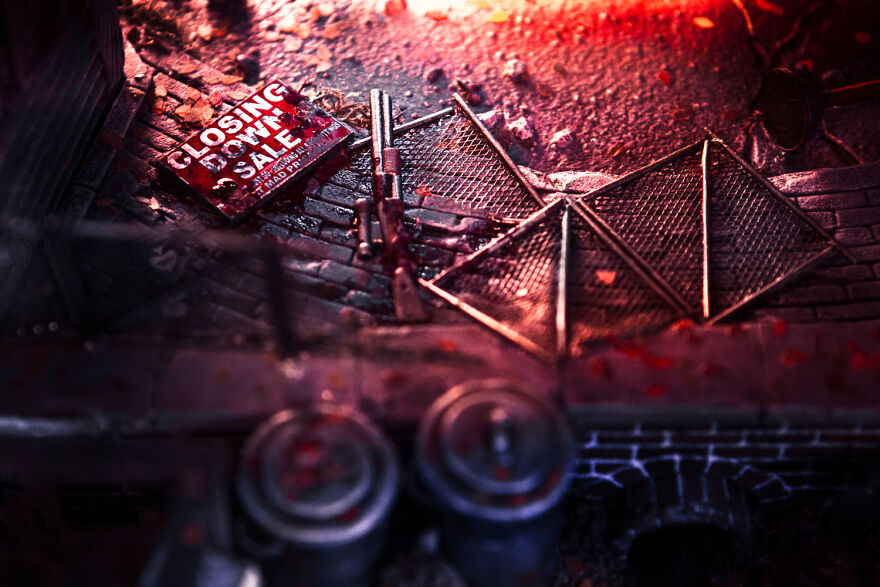
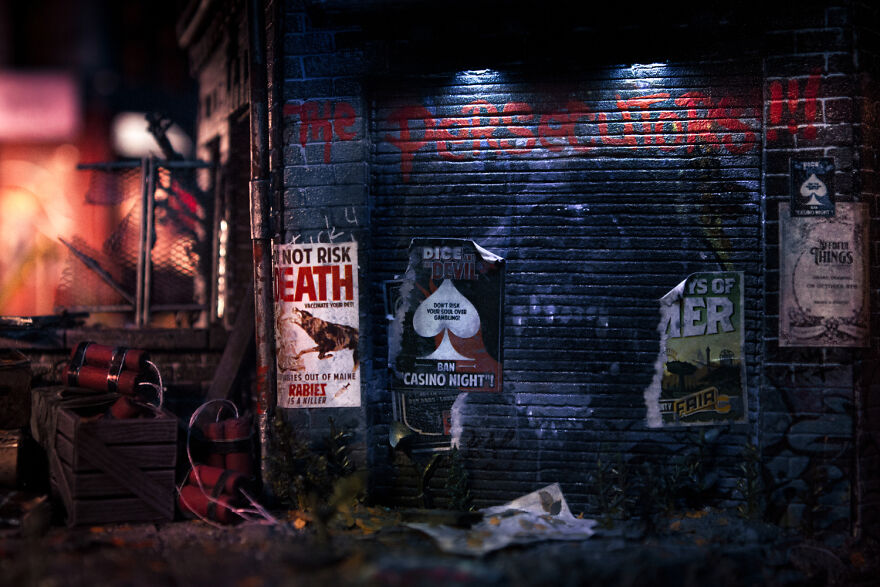
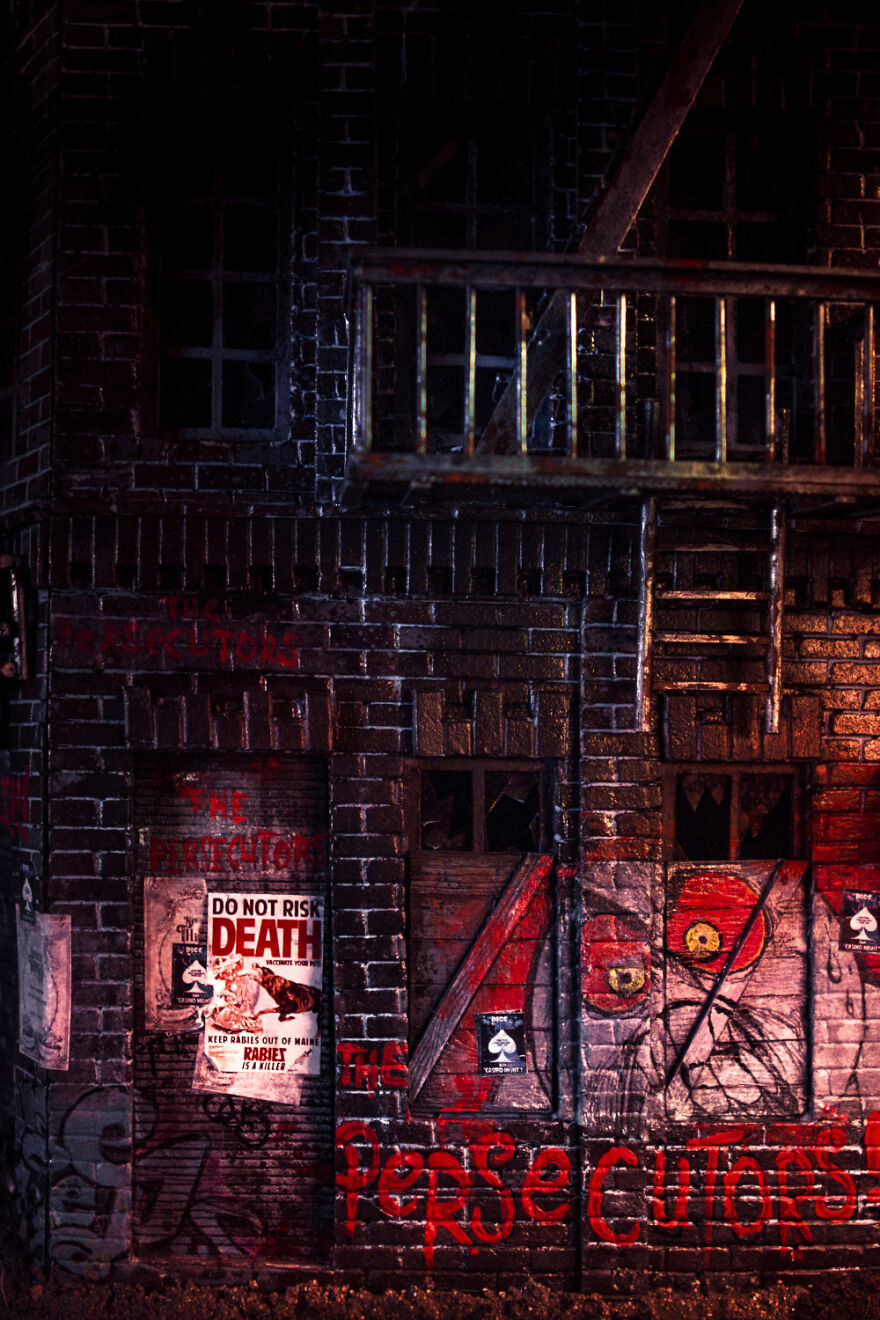
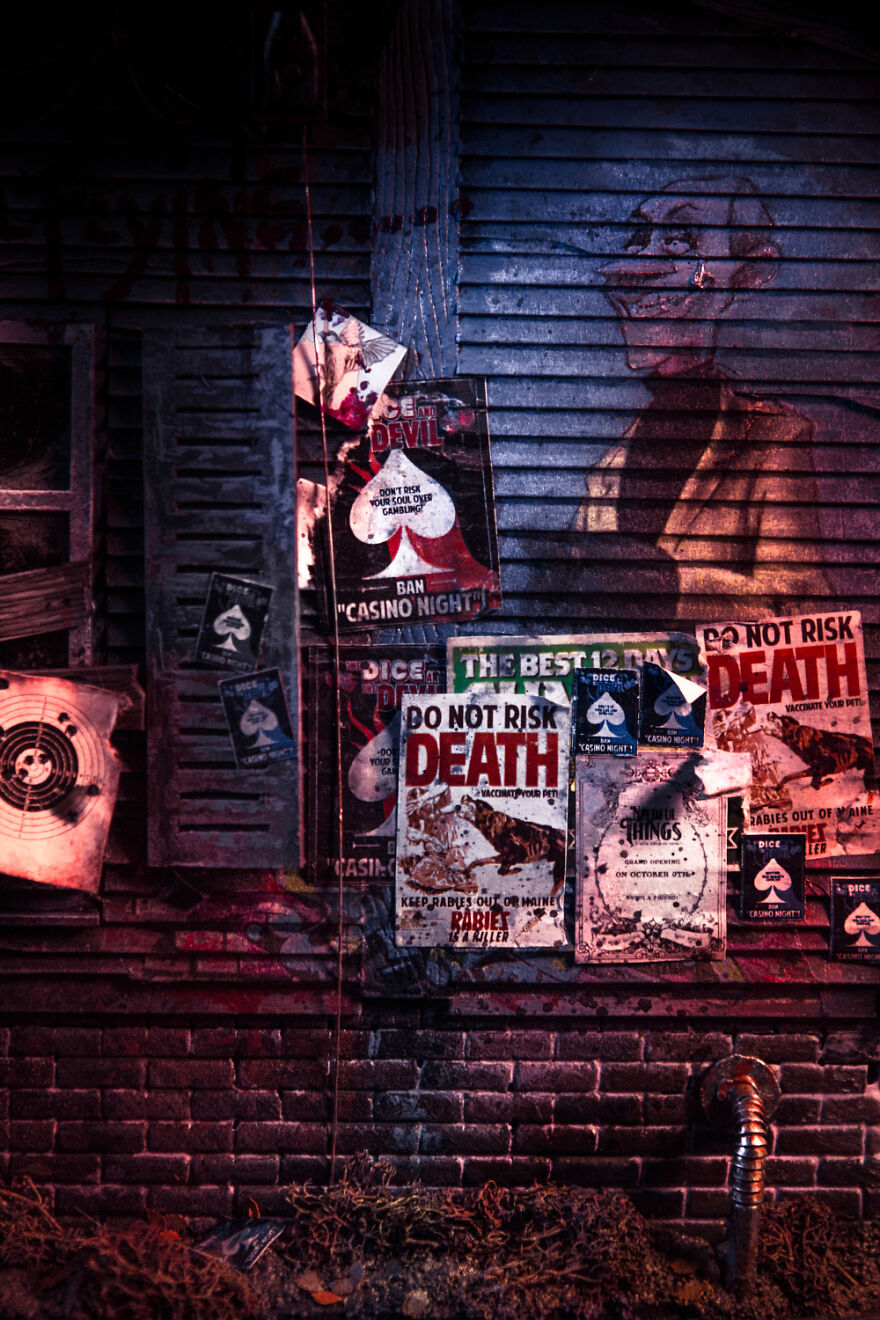
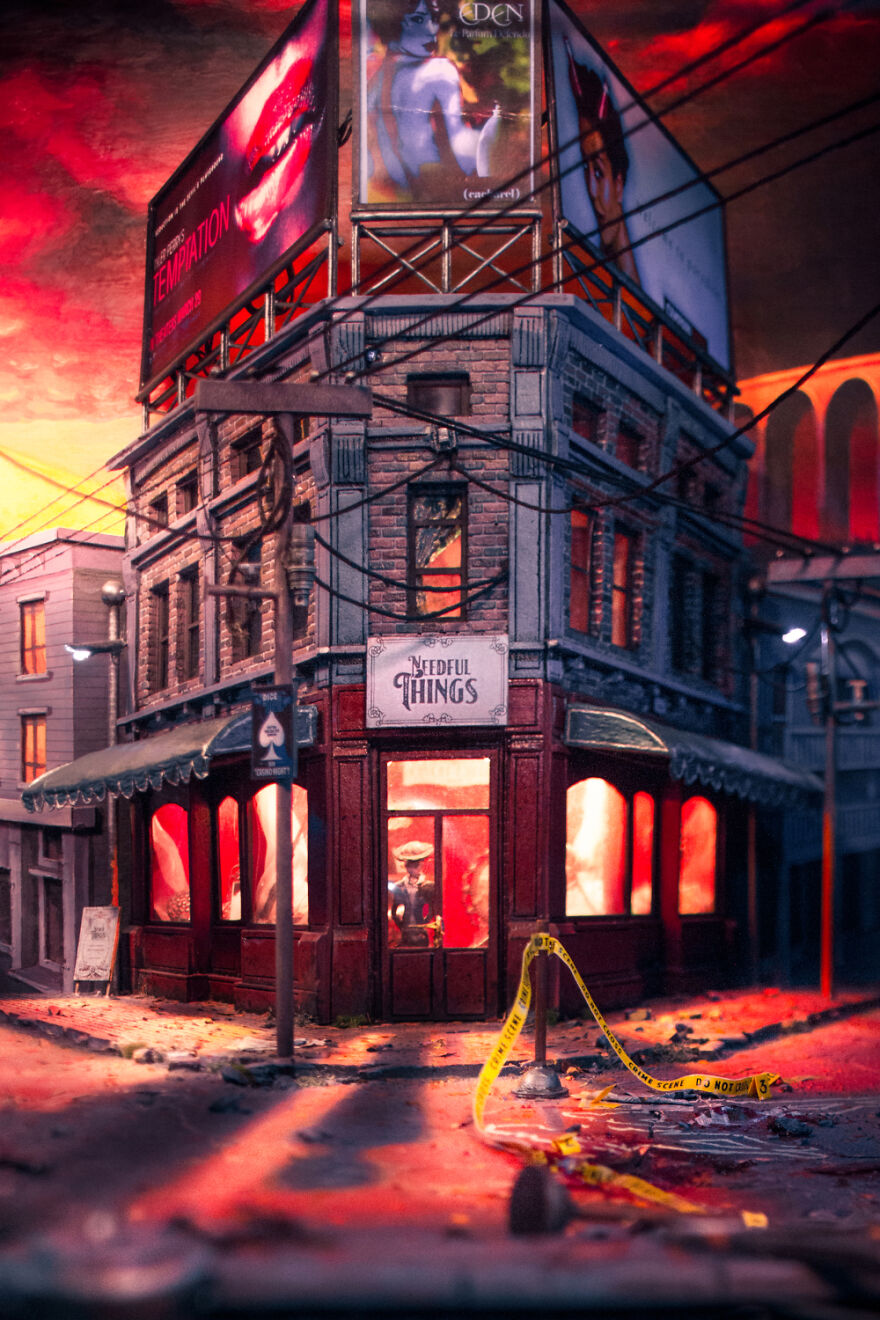
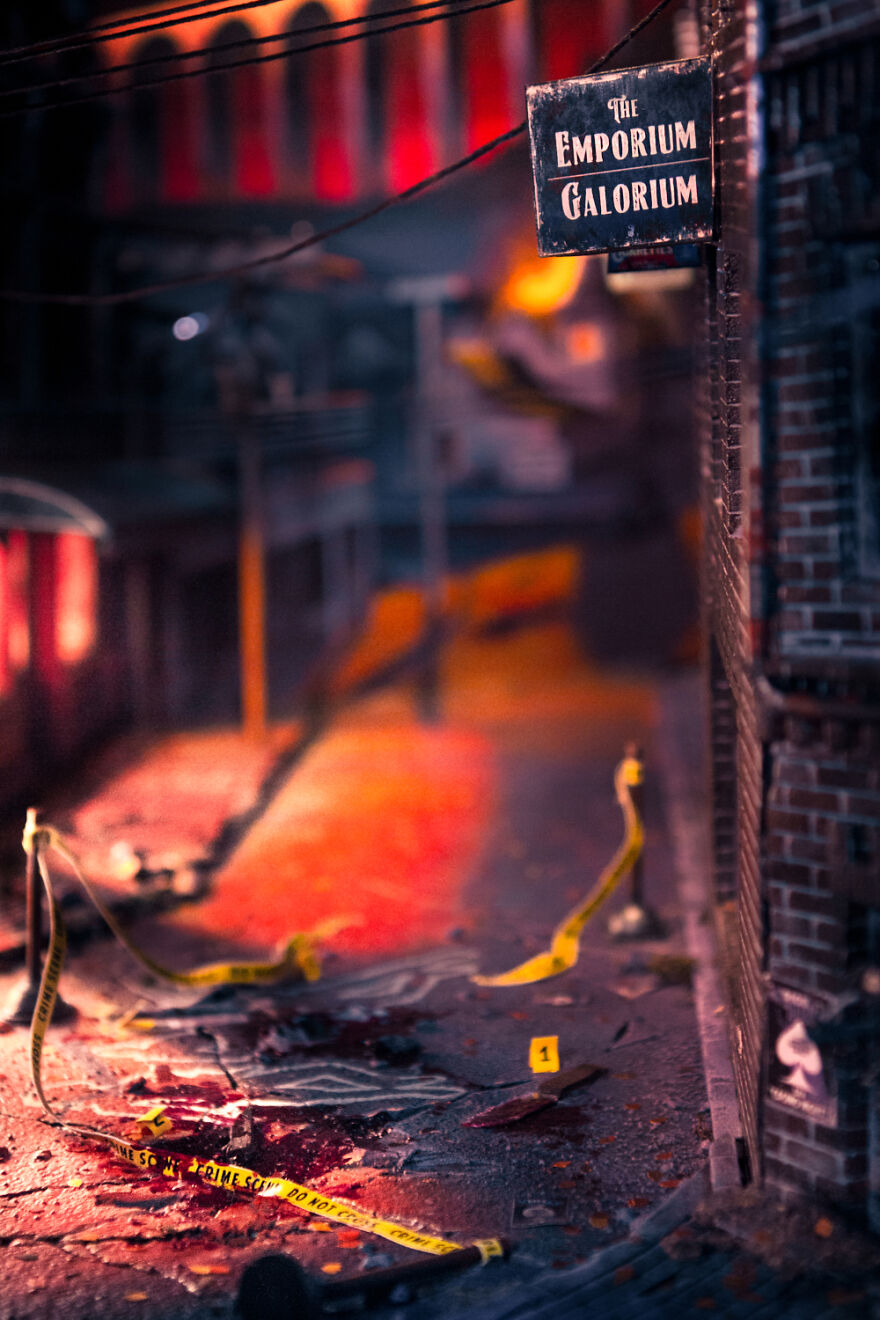

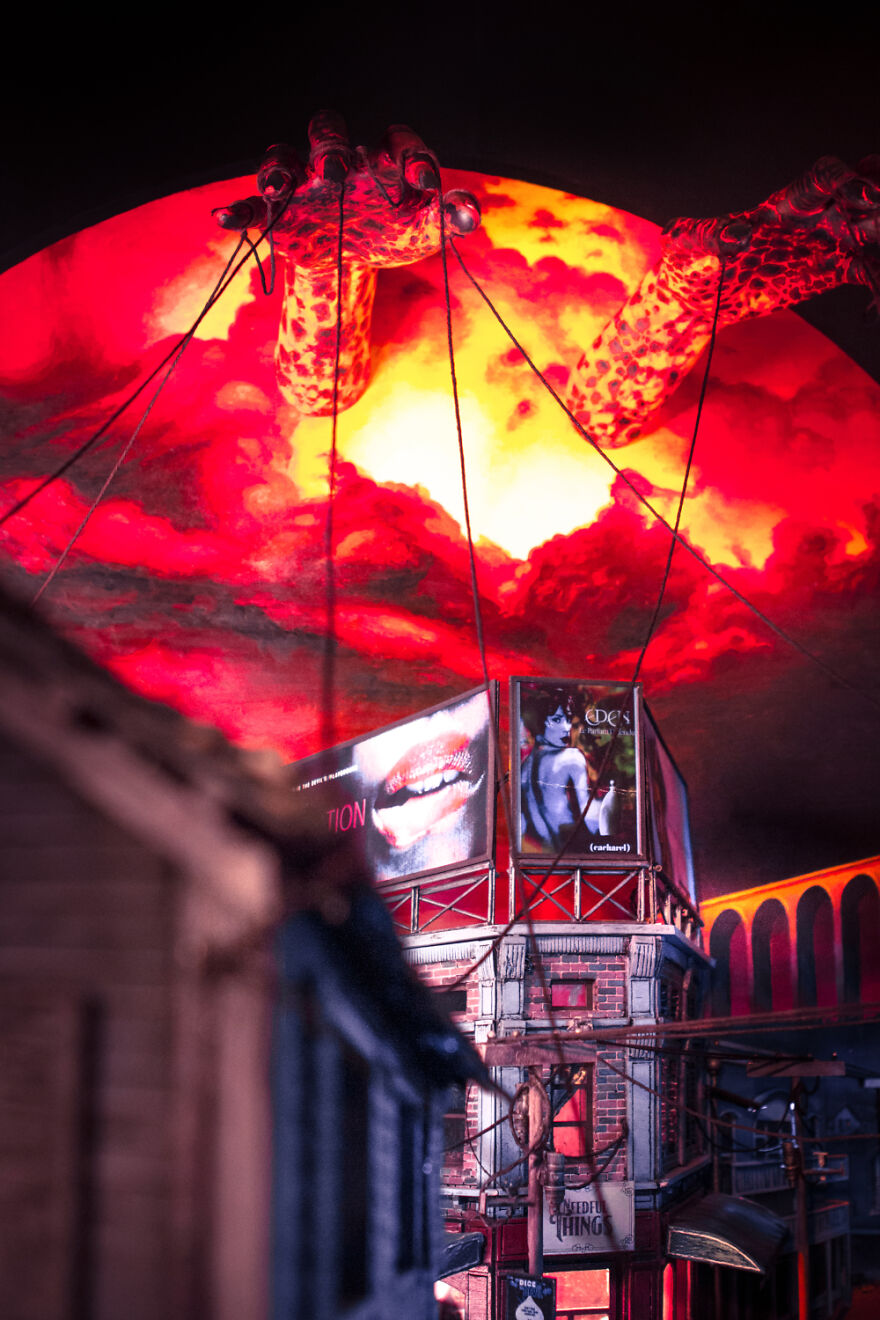
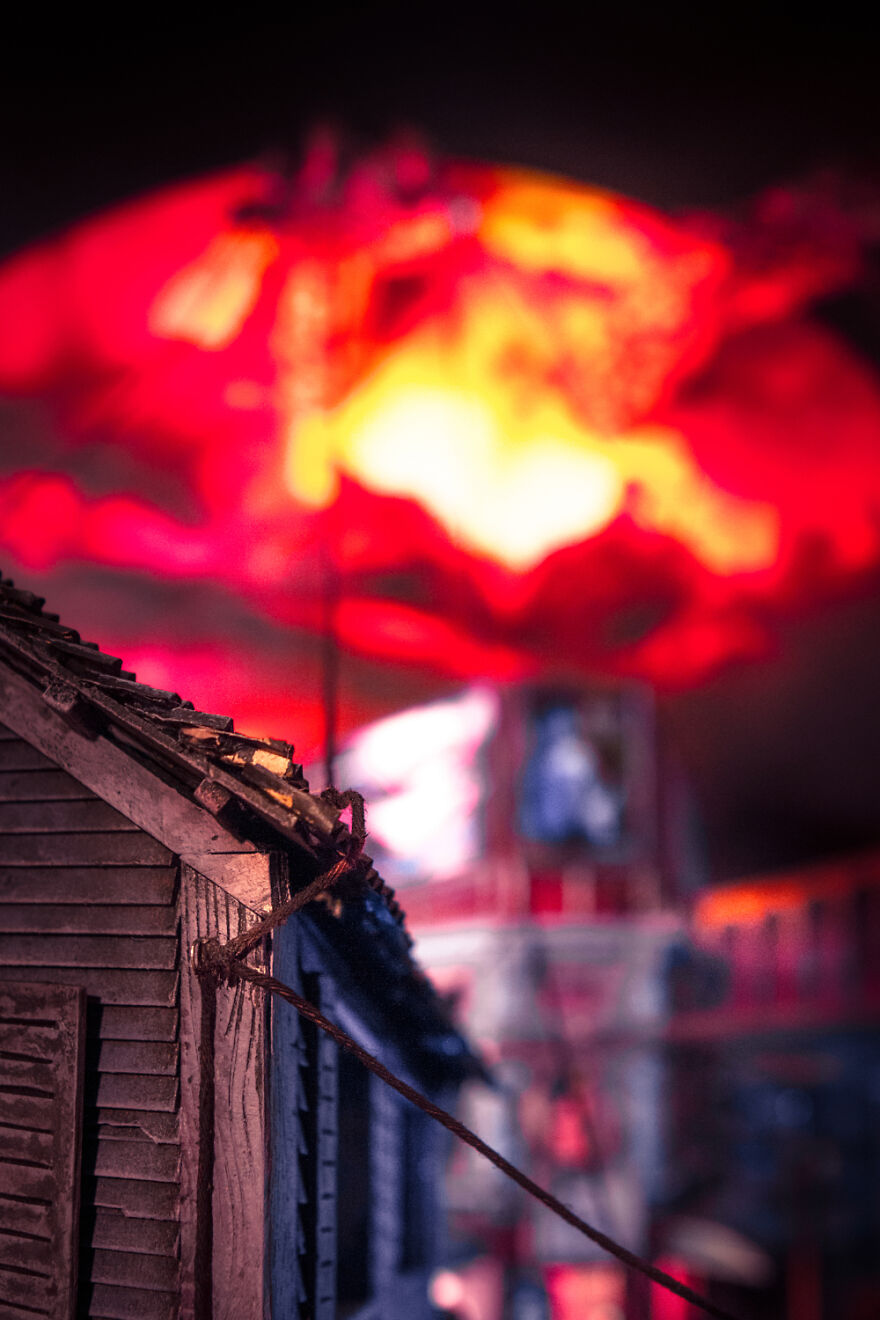
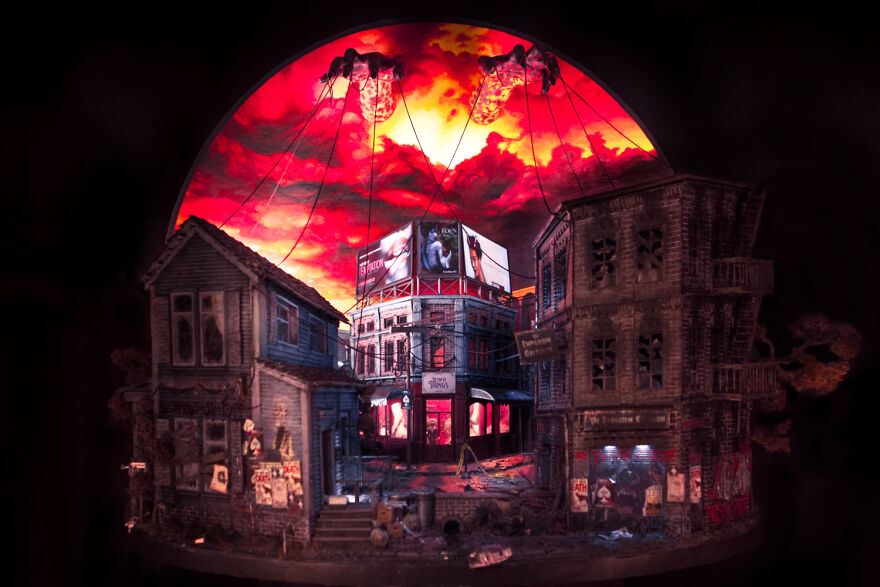




130
20